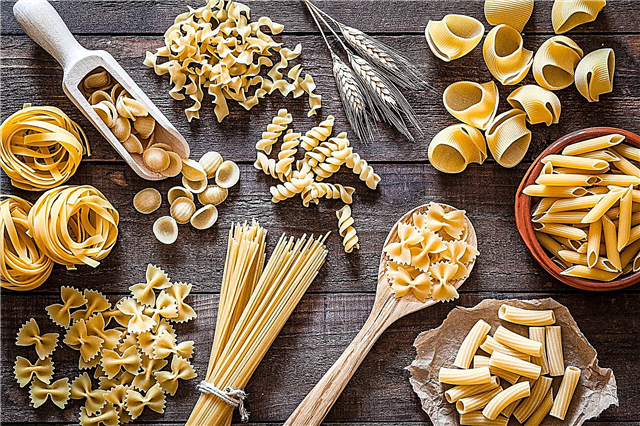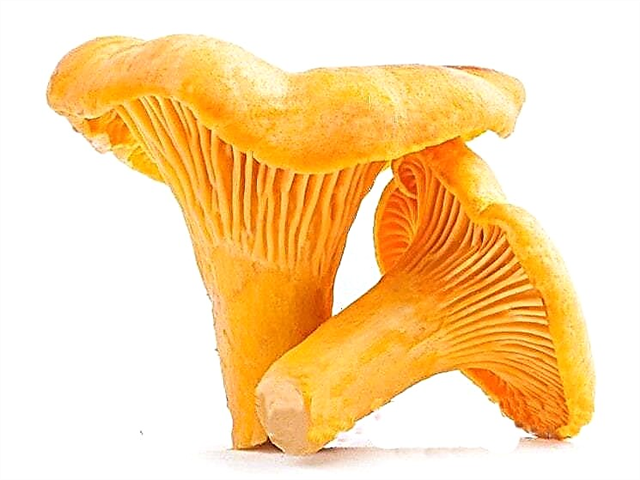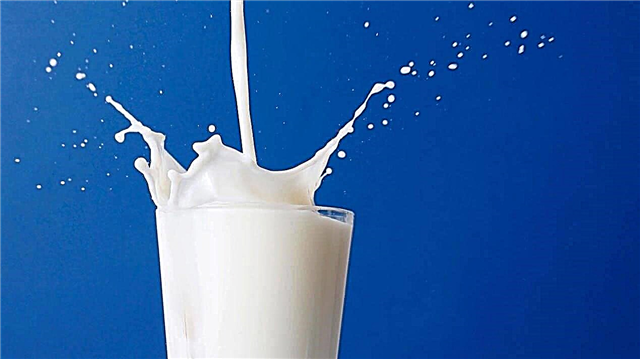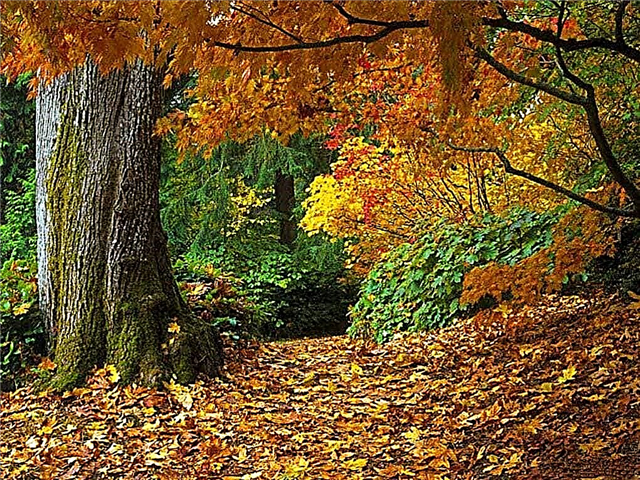
Mushrooms are an independent kingdom of nature, existing everywhere along with plants, animals, bacteria and viruses. For a long time they were considered plants for a fixed lifestyle.
Mushrooms are interesting living things that are not fully understood by humans, which play an important role both in nature and in our lives. It is probably impossible to find in a temperate climate not a single square meter of the earth’s surface, where representatives of this kingdom would not meet. The soil of a floodplain meadow, grass field or vegetable garden may contain millions of fungal cells and as many fungal spores are in the air.
The role of mushrooms in soil formation

As for the role played in nature, it is necessary to recall the importance of fungi in the process of soil formation and increase its fertility. Due to its ability to decompose organic plant residues into simple substances that are later used by plants to build the tissues of their body, fungi along with bacteria are necessary participants in the conversion of wood.
Entering the body of lichens together with algae, fungi serve as pioneers who populate the rocky parent rocks first, changing them, and thus preparing the basis for populating new spaces with green plants.
Decomposition of leaf fall mushrooms
What would the surface of the earth look like if these little mushroom orderlies hadn’t worked? It’s hard to even imagine this sight - many tons of plant debris covering the Earth’s surface. Every fall, leaf fall begins, during which outdated colorful leaves fall from the trees.
Have you ever wondered where then they go? And the dry branches of trees constantly falling to the ground? What "cleaners" clean the forest from old dry and often diseased trees? All these functions also belong to mushrooms. Fulfilling their important role in the cycle of substances in nature, they return mineral substances to the soil and enrich it with the necessary trace elements.
Mycorrhiza

Many mushrooms (fly agarics, Russula, mushrooms, boletus, boletus, butterflies and others) help trees to extract the nutrients necessary for proper growth and development from the soil, forming mycorrhiza with them - a joint existence beneficial for both organisms, which benefits both the tree and mushrooms. With this symbiosis, thin white hyphae of the fungus penetrate the cells of plant roots, and a “partner” exchange occurs.
In this pair of “good neighborly existence”, the mushroom is a supplier of mineral substances from the soil, and the plant - pine, oak and others - shares with the mushroom organism the organic substances that trees form during photosynthesis.
The improving and esthetic action of mushrooms

It is important to know and remember that there are no "bad" and "unnecessary" mushrooms. When you with a basket in your hands, carefully looking for edible mushrooms, walk slowly in the forest, remember: every small and nondescript fungus plays its important, irreplaceable role in nature. Poisonous mushrooms, such as pale grebe and fly agaric, should not be spoiled. After all, firstly, if they are not edible for you, this does not mean that other animals cannot feast on them; and secondly, look how cute it is - a red fly agaric with small white dots! What a unique miracle of nature! Mushrooms perform important aesthetic and wellness functions:
- allow you to admire the beautiful creation of nature;
- make you see miracles around you;
- calm a person
- help temporarily forget about their problems and failures;
- to be alone with the magical inhabitants of the forest.
Mushroom body - mycelium

What we are usually accustomed to call a mushroom, in fact, is only a fruiting body - education for the maturation of spores. The main body of mushrooms - mycelium, or mycelium - are thin white strings located in the soil and often invisible to the naked eye. Most fungi are microscopically small organisms that cannot be seen without the help of special devices - microscopes. And the “large” hat mushrooms that we collect for food, engaged in “quiet” hunting, are only a small amount of the total.
Yeast

Although people have long been using mushrooms for human consumption, this is not their only role in our lives. Since ancient times, mankind has been using mushrooms for other purposes. Yeast is a microscopic-sized mushroom with an oval or elongated cell shape. They do not have the mycelium familiar to us, characteristic of other representatives of this kingdom. Yeast feels good in a sugar-containing culture medium.
The propagation of these fungi by budding looks like this: initially, a small round formation appears on the surface of an adult cell, the size of which slowly increases. After a while, an independent organism arises, which soon separates from the mother cell. Yeast is used when baking bread, because when carbon dioxide is released, the dough is raised; in the production of wine, beer and various alcoholic beverages.
Mushrooms in the production of necessary substances and food
Citric acid, which is widely used in the food and chemical industries, is synthesized from aspergillus mold, and various cheeses (roquefort, blue Danish and others) are made with the help of mushroom enzymes.

If earlier in the preparation of cheese for fermenting milk, rennet was used, which is obtained from the stomachs of ten-day-old calves after slaughter, but now it is much more common for this purpose to use food pepsin isolated from mushrooms.
In addition, an important function of fungi is the production of drugs - antibiotics, vitamins, hormones and growth substances. Everyone knows penicillin, which is of great historical importance as a first-generation antibiotic.
He saved a huge number of human lives during the war from gangrene and subsequent amputation of the extremities during infection of wounds by pathogenic bacteria staphylococci and streptococci. And get it from the penicillus fungus. Penicillin antibiotic has been widely used to treat bacterial infections, for example, with angina, otitis media, and pneumonia.
Mushrooms for plant protection

Man uses mushrooms in biological methods of controlling insects that are harmful to agriculture. For example, spores of some mushrooms of the genus Muskardin can penetrate into the body of insect pests, causing the death of their larvae - the most “gluttonous” stage of development of insects scoops, moths, sawflies. Also, from these mushrooms, the drug boverin is obtained, which destroys up to 90 percent of pests of pine forests.
The latest ways to use mushrooms
Scientists have developed a method for producing synthetic bioplastics material from technological chips with the participation of mushroom enzymes, which is an innovative discovery in engineering. Fermentation of wood and obtaining an alternative source of fuel from coal is an example of the use of mushroom products in modern biotechnology.
Mushrooms in folk medicine

Some mushrooms have long been used in folk medicine. For example, boletus has long been used to cure frostbite of the skin, as well as the quickest healing of wounds. The content of riboflavin in it, which is responsible for the growth and health of nails, hair, skin, and the health of the body as a whole, is very high.However, not everyone can eat porcini mushrooms, as their fiber content is very high, which is difficult to give to the action of the gastric juice of the human body, and reduces the digestibility of nutrients. The digestive system of young children, the elderly and people with diseases of the gastrointestinal system is not able to fully digest mushroom dishes, therefore, these categories of people are not recommended to use them.
Boletus mushroom has a high nutritional value. It contains fiber, proteins, carbohydrates, minerals, fats. The high content of vitamin B and nicotinic acid gives boletus valuable nutritional properties, and the large amount of valuable amino acids that are indispensable in restoring a weakened body makes them a very important food product in the diet of patients who have had serious infections.
Oil mushrooms are very common in the coniferous forests of the countries of the former Soviet Union. It is believed that the onset of oilseed is associated with the "flowering" of pine. Not so long ago, scientists have found an abundance in the oils of a resinous substance that relieves acute headaches.

An interesting mushroom is mushroom, which, in addition to the high content of fats, proteins and carbohydrates, also contains the biologically active substance fungin, which is an active stimulator of gastric secretion. Ginger, with a relatively low calorie content, is an excellent food for people who follow a diet in order to lose weight.
Healing properties are considered to be birch sponges (chaga) - a special type of tinder fungus, which is popularly called the "black birch mushroom." It is used in medicine as a remedy against tumors, as well as for the treatment of gastritis. Mushroom cabbage, or as it is also called rabbit cabbage, as well as “ram mushroom”, contains important substances with antimicrobial and antitumor activity.
Bitter, although it does not have high nutritional value, however, it produces a valuable antimicrobial substance, extract from which prevents the growth of pathogenic microbes that cause paratyphoid and typhoid.
Mushroom Myths

All of these mushrooms are classified as edible or those that in principle do not eat, but they do not cause poisoning. However, it is very easy to confuse them with poisonous representatives of this kingdom, the use of which can cause serious disruptions in the body's work, and often even lead to the death of a person who has eaten these mushrooms.
It is especially easy for an inexperienced mushroom picker to make a mistake. therefore you need to be very careful when picking mushrooms in nature, and if you still doubt the safety of your mushroom find, it is best not to risk it and buy artificially grown oyster mushrooms, mushrooms and mushrooms in the store.
After all many of the "recommendations" on the detection of poisonous mushrooms, common in everyday life, are only myths and do not correspond to reality. For example, there is an opinion that poisonous mushrooms cause souring of milk. Of course, this is just a myth, since almost any mushroom can ferment milk. And this mushroom property does not depend on edibility or the presence of toxic substances, but on the presence in them of special enzymes such as pepsin and organic acids.
The next popular myth is the darkening of onions and garlic when they are boiled together with poisonous mushrooms. This effect also does not depend on the presence of toxic substances and is explained by the presence of certain chemical compounds. Often, silverware (spoons, knives) is used to recognize inedibility, which supposedly darkens in the presence of mushroom poison. This result also occurs due to the action of enzymes and is absolutely not an indicator of suitability for food.
Some people believe that the larvae of flies and mushroom mosquitoes do not settle in poisonous mushrooms, and therefore their presence guarantees its edible qualities.This information is also false, and you should not rely on it. There are "experts" who believe that the toxicity of mushrooms can be determined by smell. Allegedly, edible mushrooms have a pleasant mushroom aroma, and those containing poison smell unpleasant. However, the smell is not a reliable sign and it’s not worth risking your health, and often your life, relying on such signs.
From some you can hear the following: "At a young age, you can eat all the mushrooms." How far this opinion is erroneous can be traced on the example of a pale toadstool, which is equally poisonous in both young and old age.
Along with the kingdoms of plants and animals, there are organisms next to us that make their great, invaluable contribution to the life of nature and humanity, require attention to themselves and comprehensive study, and also have the right to exist and respectful attitude.












